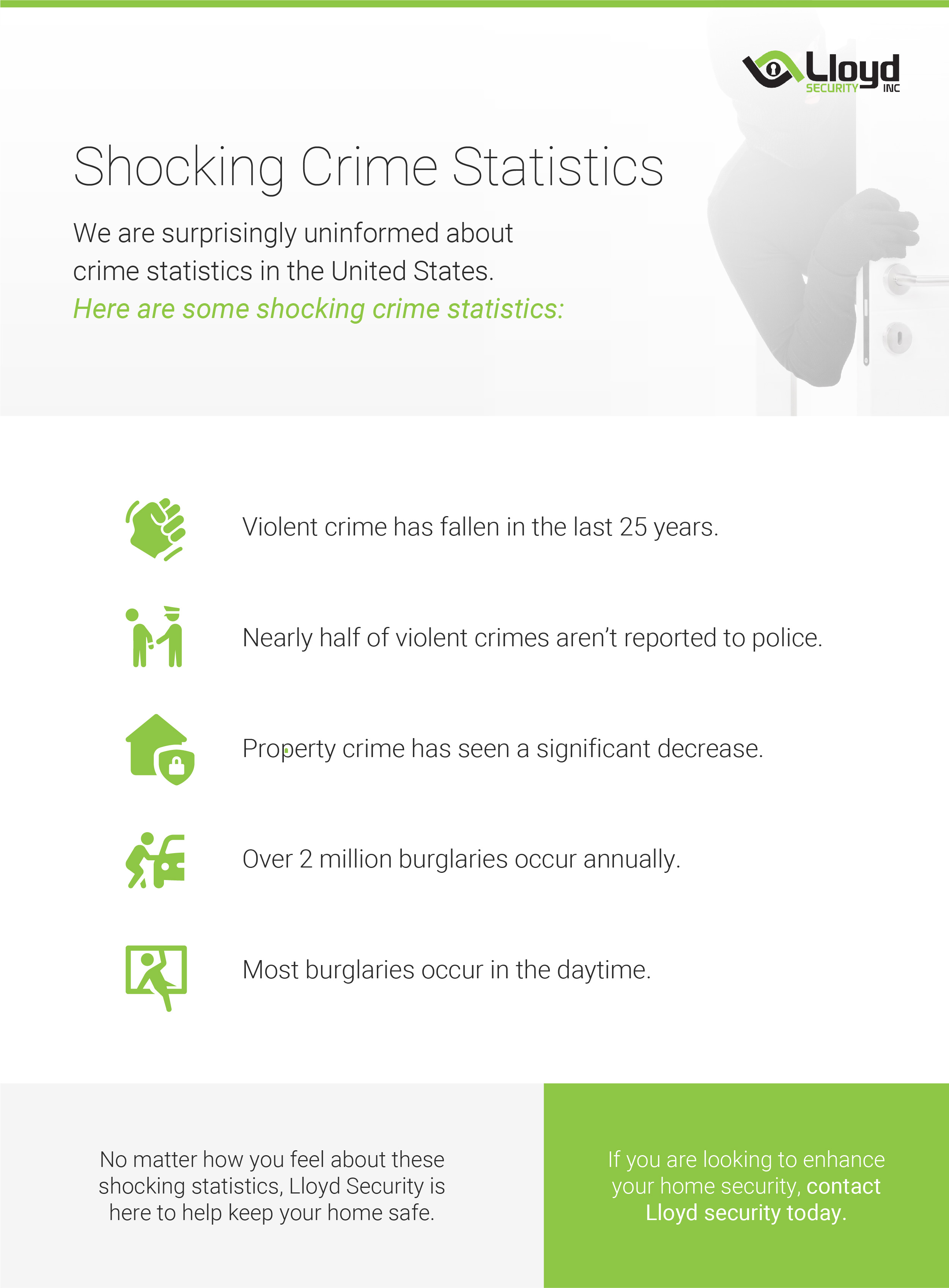
Oblemic: Unraveling the Enigmatic World of Sleep Paralysis
Oblemic: An Overview
Oblemic, a term coined by sleep researchers, refers to a peculiar state of consciousness that occurs during sleep transitions, particularly during waking up or falling asleep. It is characterized by a temporary inability to move or speak, accompanied by vivid hallucinations and a sense of impending doom. This phenomenon, often associated with sleep paralysis, has captivated the human imagination for centuries, inspiring folklore, cultural beliefs, and even psychiatric conditions.
Prevalence and Characteristics of Oblemic
Oblemic is a surprisingly common experience, affecting an estimated 40% of the population. It typically lasts for a few seconds or minutes, but in rare cases, it can persist for longer periods. During an oblemic episode, individuals may encounter a range of sensory, motor, and emotional disturbances, including:
Sensory Hallucinations
Vivid visual, auditory, or tactile hallucinations are common during oblemic. These hallucinations can range from harmless to terrifying, often involving shadowy figures, grotesque apparitions, or intense sounds. Auditory hallucinations, such as whispers or footsteps, are particularly prevalent and can contribute to the feeling of dread or panic that accompanies oblemic.
Motor Paralysis
The inability to move or speak is a defining characteristic of oblemic. This paralysis is caused by the temporary disruption of the neural pathways that control voluntary movement, leaving individuals trapped in a conscious but immobile state. The inability to communicate or escape can intensify the sense of fear and vulnerability.
Emotional Disturbances
Oblemic often triggers intense emotional reactions, including fear, anxiety, and a sense of impending doom. These emotions are fueled by the combination of sensory hallucinations, motor paralysis, and the perception of an external threat. In some cases, oblemic can trigger panic attacks or other psychological distress.
Sleep Paralysis and Oblemic
While oblemic and sleep paralysis often occur together, they are distinct phenomena. Sleep paralysis is a condition that involves the temporary loss of muscle tone during sleep, preventing individuals from moving or speaking upon waking or falling asleep. Oblemic, on the other hand, is a broader term that encompasses not only motor paralysis but also a range of sensory and emotional experiences.
Historical and Cultural Perspectives on Oblemic
Oblemic has been recognized and interpreted throughout history and across cultures. In ancient Greece, it was known as “oneirodynia” and was believed to be caused by the pressure of a deity or incubus on the chest. In medieval Europe, it was associated with witchcraft and demonic possession, leading to widespread fear and superstition.
Oblemic in Literature and Film
The enigmatic nature of oblemic has inspired numerous works of literature and film. It is a central theme in Edgar Allan Poe’s haunting tale “The Tell-Tale Heart,” where the protagonist experiences intense hallucinations and a sense of impending doom during an oblemic episode. In modern cinema, oblemic has been depicted in films such as “The Exorcist” and “Insidious,” where it is often associated with supernatural forces.
Neurological Basis of Oblemic
Research suggests that oblemic is primarily caused by a temporary disruption of the brain’s sleep-wake cycle. As we transition between sleep and wakefulness, the brain undergoes complex changes in neural activity. During oblemic, this transition becomes disrupted, resulting in a state of consciousness that combines elements of both sleep and wakefulness.
Factors Triggering Oblemic
Various factors can increase the likelihood of experiencing oblemic, including:
Sleep Deprivation
Inadequate sleep can disrupt the brain’s sleep-wake cycle, making individuals more susceptible to oblemic episodes.
Irregular Sleep Patterns
Going to bed and waking up at different times each day can confuse the brain’s internal clock and contribute to oblemic.
Medications
Certain medications, such as antidepressants and antipsychotics, can suppress REM sleep, the stage of sleep most commonly associated with oblemic.
Stress and Anxiety
Chronic stress and anxiety can disrupt the sleep cycle and increase the risk of oblemic.
Managing Oblemic
While oblemic can be a frightening experience, there are strategies to cope with and manage its effects:
Maintaining Regular Sleep Habits
Establishing a consistent sleep schedule can help regulate the brain’s sleep-wake cycle and reduce the likelihood of oblemic episodes.
Reducing Stress and Anxiety
Engaging in stress-reducing activities, such as exercise, meditation, or yoga, can improve sleep quality and decrease the risk of oblemic.
Seeking Professional Help
If oblemic episodes become frequent or severe, it is advisable to seek professional help. Therapy can assist in addressing underlying triggers and developing coping mechanisms.
Frequently Asked Questions About Oblemic
Here are answers to some commonly asked questions about oblemic:
Is Oblemic Dangerous?
Generally, oblemic is not dangerous and resolves on its own after a few minutes. However, in rare cases, it can lead to panic attacks or other psychological distress.
Can Oblemic Be Prevented?
While some factors contributing to oblemic cannot be controlled, maintaining regular sleep habits and reducing stress can lower the risk of experiencing episodes.
Should I See a Doctor if I Experience Oblemic?
If oblemic episodes become frequent or severe, it is recommended to consult a doctor to rule out any underlying medical conditions.
Conclusion: Unveiling the Mysteries of Oblemic
Oblemic, a fascinating and enigmatic phenomenon, has captivated human imagination and inquiry for centuries. By unraveling its neurological basis and understanding its triggers, we can better cope with its effects. Through research and awareness, we can demystify this unique state of consciousness and provide support to those who experience it.
Leave a Reply